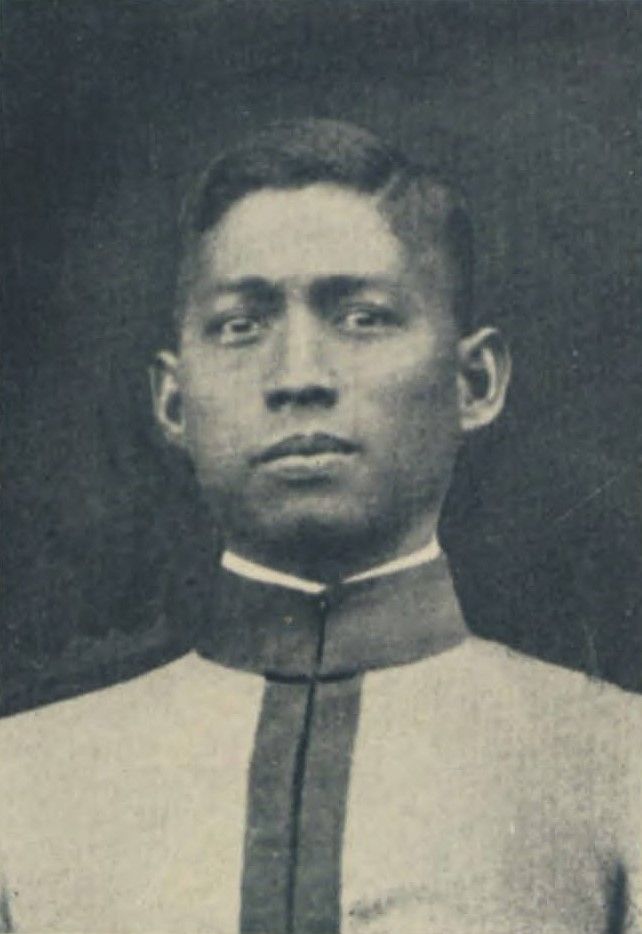Eustaquio Sabio Baclig was born on September 16, 1893, in Cabugao, Ilocos Sur Province, Ilocos, Philippines. He was the son of Leoncia Baclig. He was married to Juana Fariñas. He completed his schooling while working as a janitor at Vigan High School, later excelling in track and field. He briefly studied at Silliman University before passing the entrance exam to the U.S. Military Academy at West Point, where he graduated in 1917 with an engineering degree.
After returning to the Philippines, he became one of the founders of the Cabugao Institute in 1927. His military career included assignments at Camp Eldridge (Laguna), Fort Stotsenberg (Pampanga), and serving as ROTC Commandant at the University of the Philippines (Manila and Cebu) and head of the Reserve Officers School in Baguio. When World War II broke out, Baclig served as the General Staff of the Philippine Division under Maj. Gen. Jonathan Wainwright, later becoming Division Chief of Staff of the 101st Division in Mindanao. He and his wife also secretly supported the Women’s Auxiliary Service in Cabugao, which resisted Japanese occupation.
During the Japanese invasion, Baclig was captured with his division, released, and later imprisoned at Fort Santiago in Manila. On November 30, 1944, he was among the prisoners massacred there. His name is memorialized in the Tablets of the Missing in the Manila American Cemetery and Memorial, Manila, Capital District, National Capital Region, Philippines. In recognition of his bravery, President Manuel L. Quezon conferred on him the Purple Cross and a posthumous promotion to General. Later, in 1959, when Cabugao’s Poblacion was divided into four barangays, the western section was named Baclig to honor Gen. Eustaquio Baclig.
Source of information: lgucabugao.blogspot.com, weremember.abmc.gov

PRIVATE CITIZENS SUPPORTING AMERICA'S HERITAGE
American
War Memorials Overseas, Inc.
War Memorials Overseas, Inc.
Baclig Eustaquio Sabio
Name:
Eustaquio Sabio Baclig
Rank:
General
Serial Number:
Unit:
26th Cavalry Regiment (Philippine Scouts)
Date of Death:
1944-11-30
State:
Philippines
Cemetery:
Manila American Cemetery and Memorial, Manila, Capital District, National Capital Region, Philippines
Plot:
Tablets of the Missing
Row:
Grave:
Decoration:
Purple Heart
Comments:
